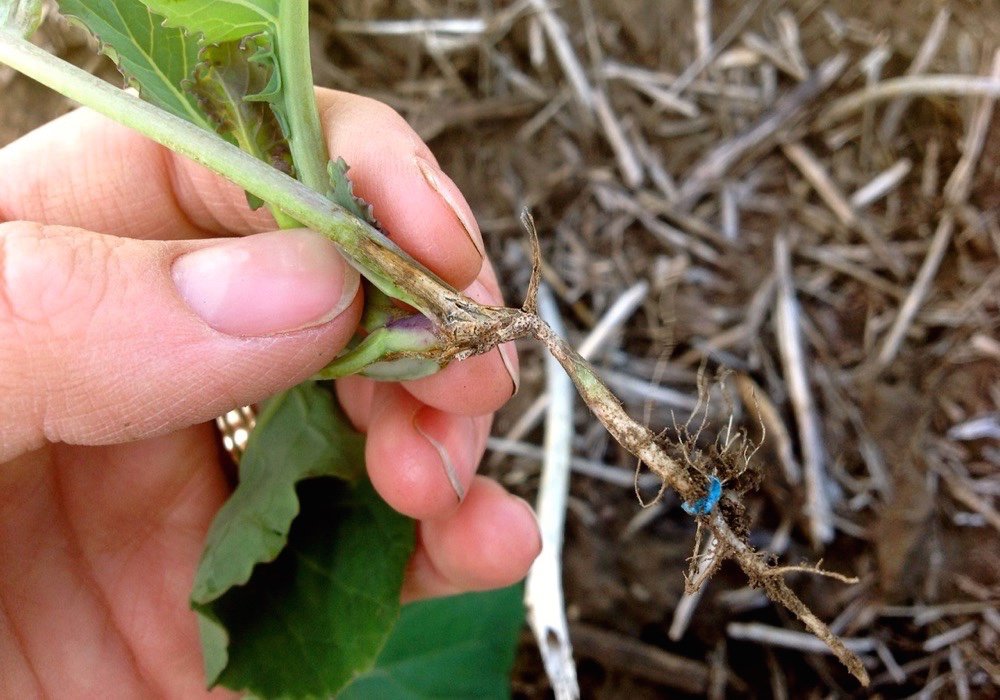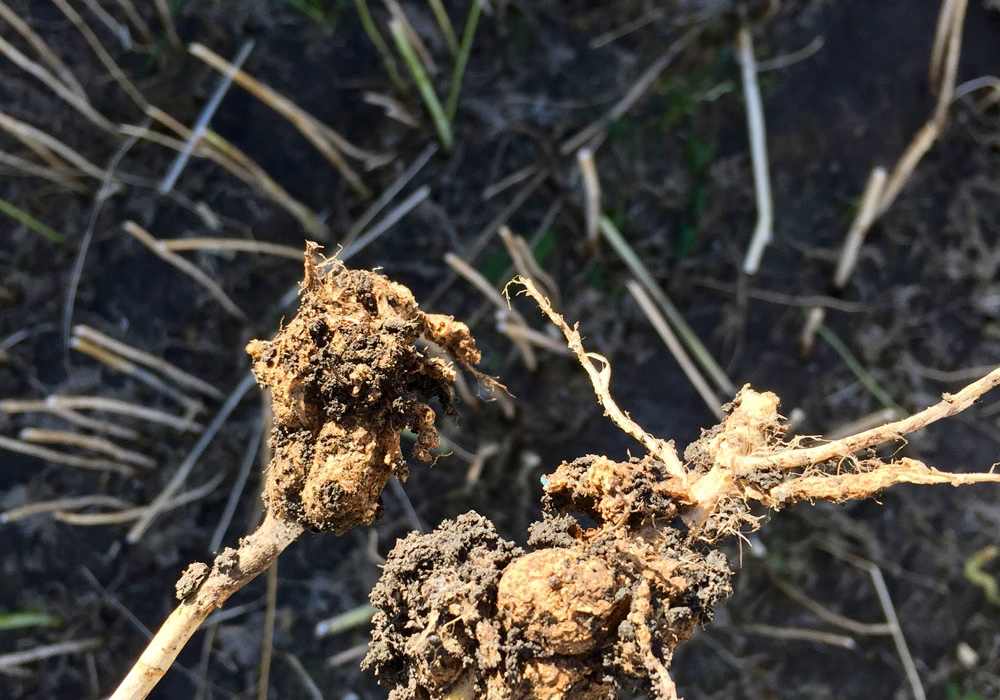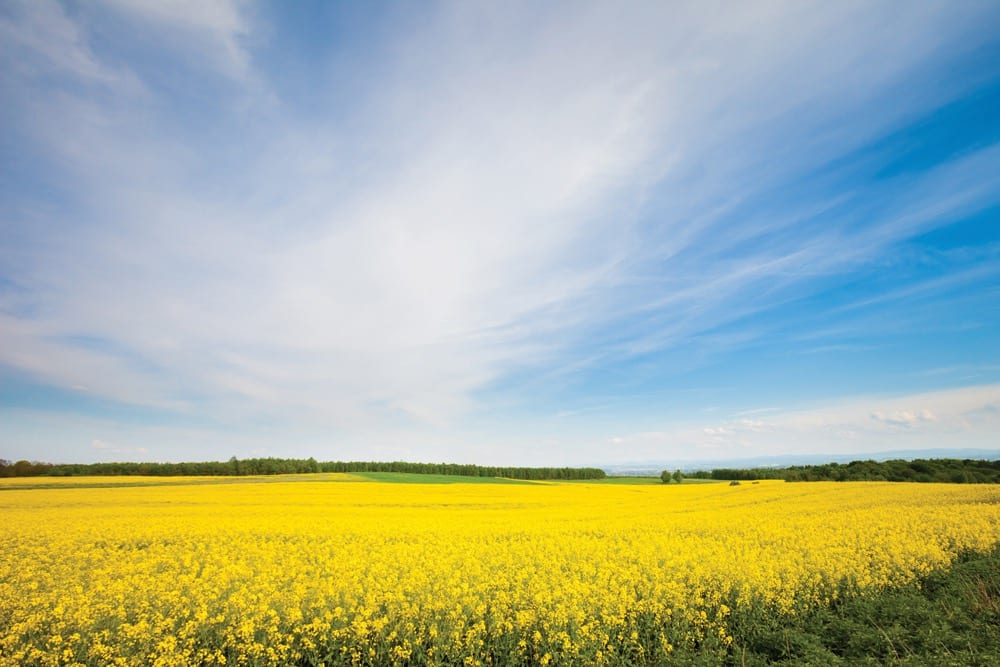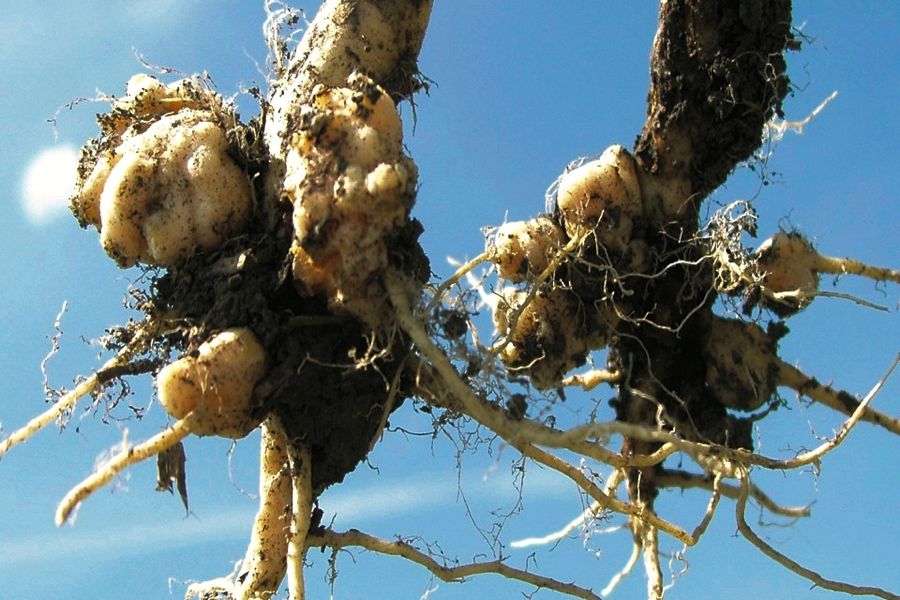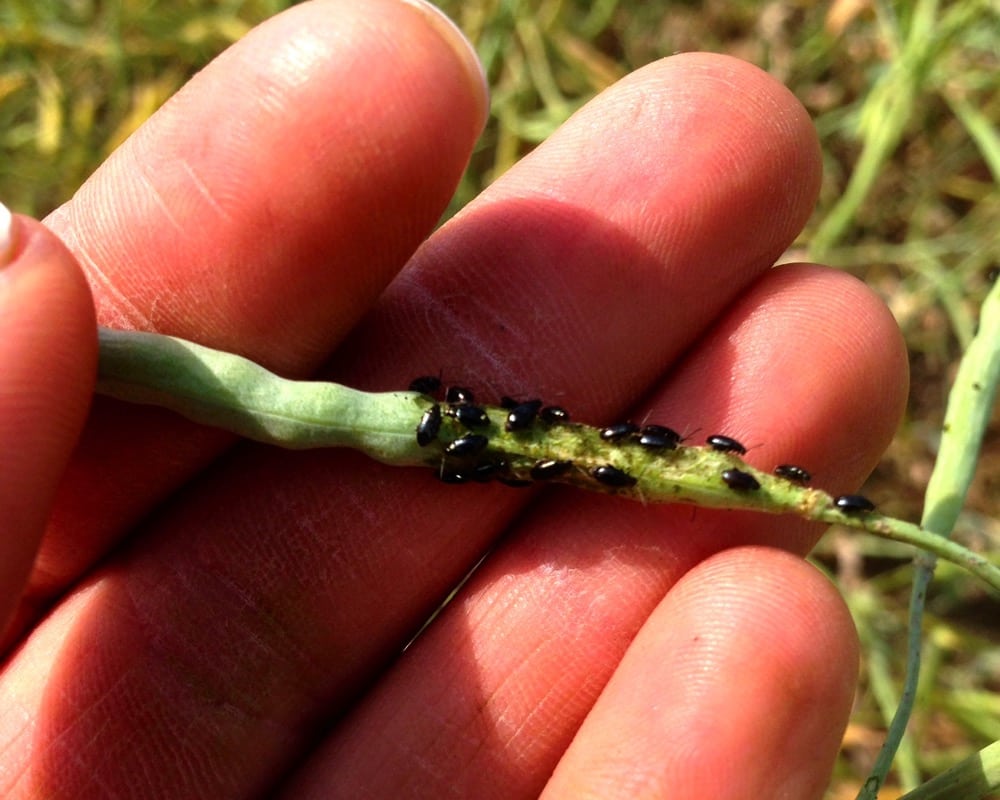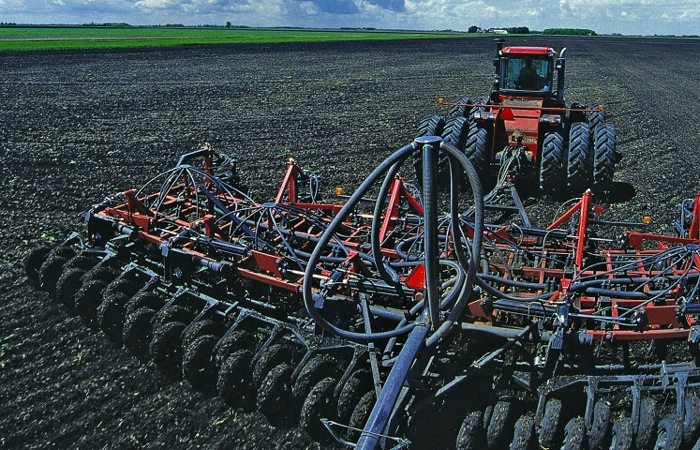Five risk situations to watch for when storing canola

Canola growers in Western Canada often have to deal with rising temperatures in canola bins. The reasons for heating can vary, and most situations can be avoided by regularly checking bins. To further reduce the risk of spoilage, keep in mind these tips provided by Greg Sekulic, agronomy specialist with the Canola Council of Canada.
Temperature risk
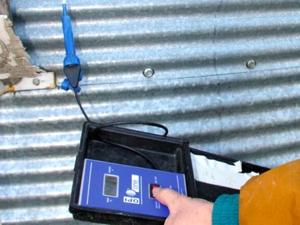
Temperature risk is often unavoidable. When it comes to safe storage, the two big considerations are temperature and moisture. From an agronomic perspective, canola is going to go into the bin when it goes into the bin, regardless of environmental factors.
Basically, the colder the grain is when it’s put into storage, the longer it’s going to store. “If it’s hot, even like 25 C, the storability really isn’t much longer than four to five months,” says Sekulic.
At harvest time, growers should aim for a target temperature of 15 C. Keep in mind that external temperatures can move from hotter to cooler in just a few short days, which can create huge problems for safe storage. Moisture, says Sekulic, will be moving and concentrating at the top of the middle core of the bin. For this reason, it’s really important to cool the grain as quickly as possible.
Moisture content

Lower moisture is better, but not for yield. In canola, nine per cent moisture content is commercially acceptable. "The same relationship for temperature works for moisture as well,” says Sekulic. “It’s just that we need to get it down to seven and even six per cent moisture before we start seeing the kind of longevity that we see out of cold grain.”
The problem is that at those moisture levels, weight drops, which means further losses in yield. Anything about 10 per cent needs to be dried, warns Sekulic.
Bin size

Bigger isn’t always better. While bigger bins provide additional storage, canola kept in those bins brings additional risk. For one, says Sekulic, the bigger the bin, the higher the risk. A small hotspot in a larger bin, for example, could bring more risk because of there’s more to lose when problems do arise.
Also, he says, the larger bins tend to leave more space between the cables where heat can accumulate without growers noticing.
Larger bins also create additional compaction and pressure on the grain. Compaction and pressure can reduce airflow, which could create even further challenges for growers. While Sekulic advises growers to monitor stored grain regularly, in large bins where the risk can be higher, more a more vigilant monitoring schedule may be warranted.
Problems with cables

The importance of cable usage cannot be underestimated. Without them, a small bin becomes almost impossible to monitor for localized hotspots, says Sekulic.
Immature (green) seed

Green canola seed increases storage risk, even in situations where the grain is cool and dry. “Immature seeds have higher moisture content and could create pockets of heating,” explains Sekulic.
To avoid this risk, only harvest canola at its most optimal time.








